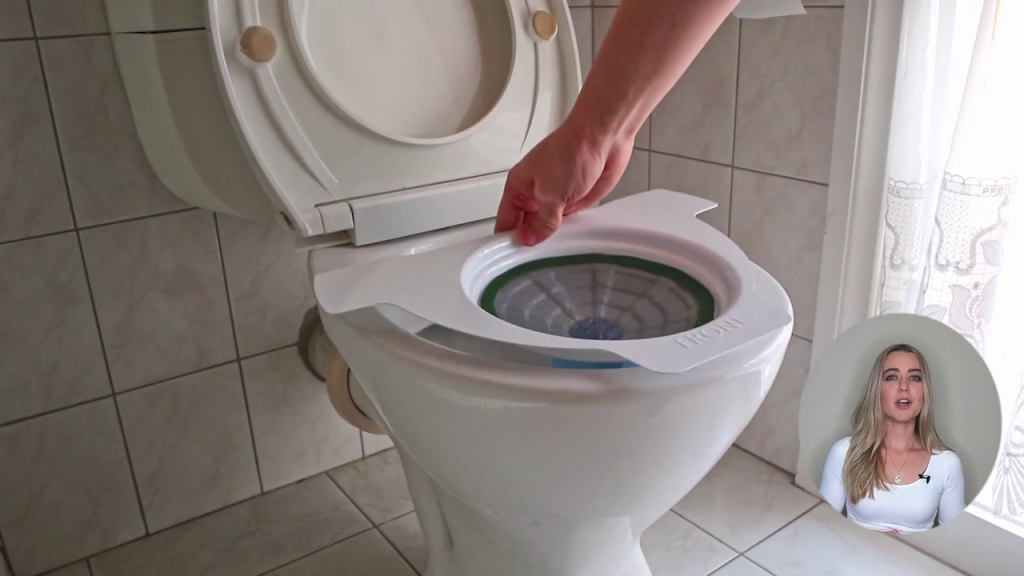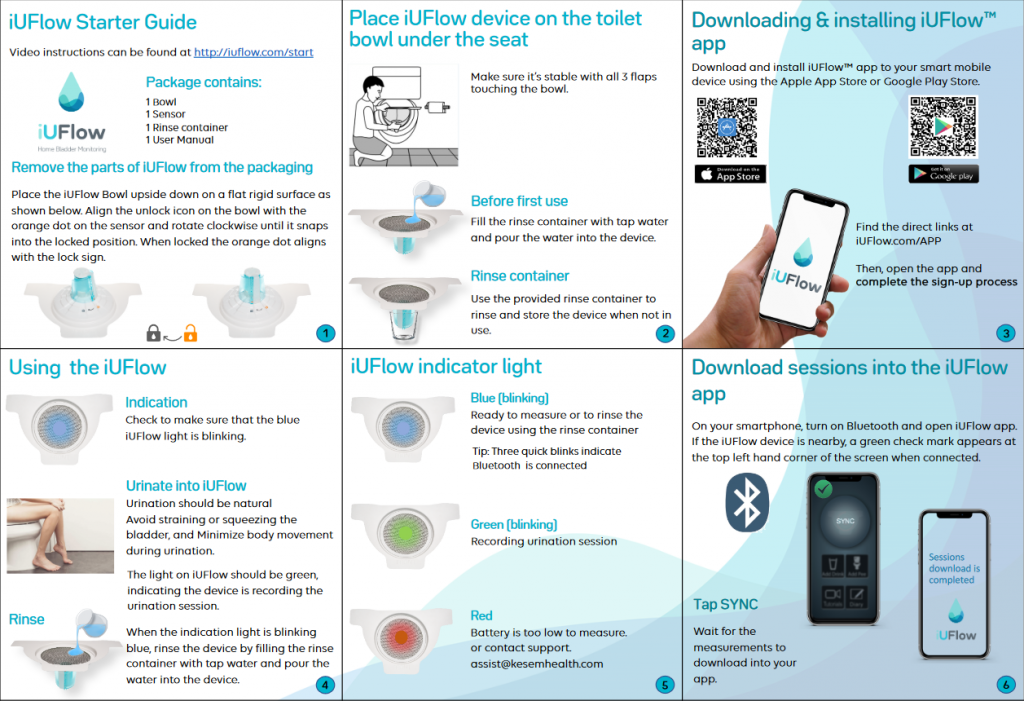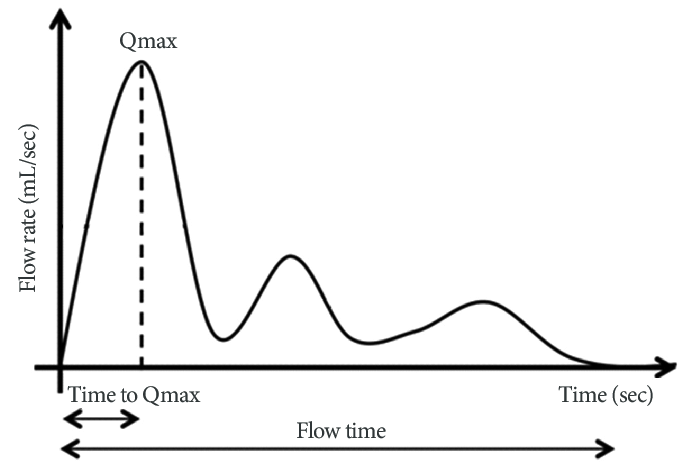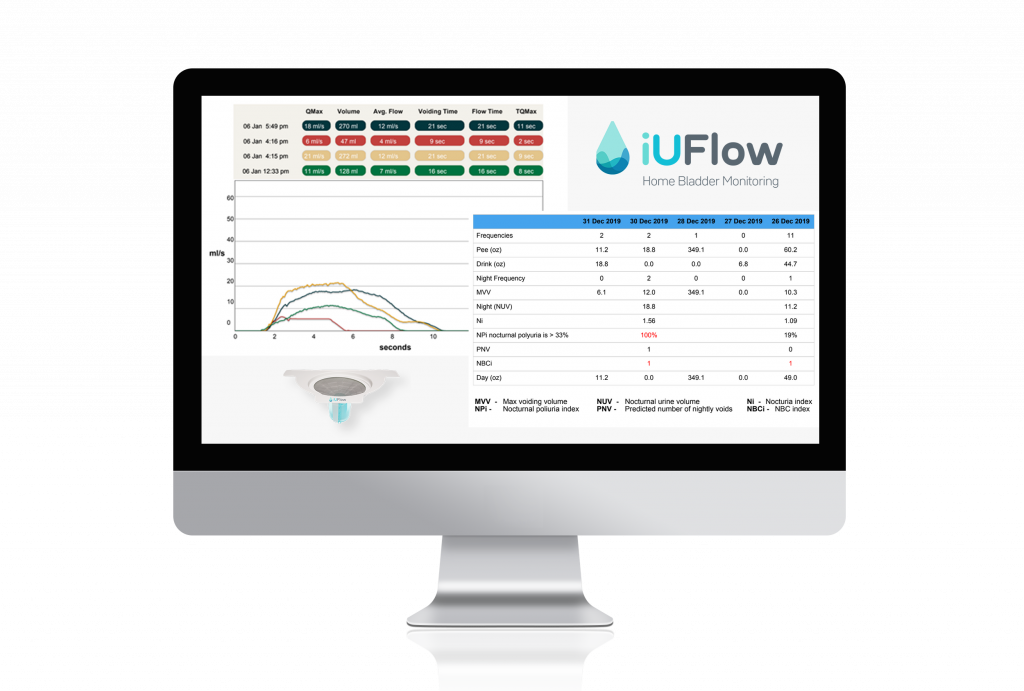Bowel movement and voiding Diary is a tool that allows to record how much liquid you drink, how often you go to the restroom. And some additional information like when you experience urine leakage and urgency. Bowel movement and voiding diary is also known as Bladder Diary, Bristol chart, poo log, stool diary or Frequency volume chart (FVC).
How to complete – Instructions for Completing a 3-Day Bowel movement chart
1. Complete the bowel movement and bladder diary for a total of 3 days. 24×3
2. On the day that you start recording events in the bowel movment and bladder diary. Print your name and full date at the top of the diary.
How to record in the diary:
Hour: Use one bowel and voiding diary sheet for each 24-hour period. Circle your bedtime (example, 11pm) and wake-up time (example 7am) directly in the time column. Start recording all fluid intake, bowel movement and urinary events starting at 7am and ending the following day at 7am. Write down the event next to the appropriate hour time slot when it occurred.
Fluid: Under “fluid intake”, write the total amount of fluids you drank. This could be in ounces or ml– during a given time period.
Toilet : In the column marked “toilet voids and bowel movement”, remember to make sure that the urinary container is in the toilet. On each time you urinate. Record the amount of urine you voided (in ml) each time you urinated in the toilet over a 24-hour period.
Bristol chart
Use a Bristol chart to rate the bowel movement shape.
- Type 1-2 indicate constipation,
- 3-4 are ideal stools as they are easier to pass, and
- Type 5-7 may indicate diarrhea and urgency.
Tired of the manual way of recording pee? Consider getting an iUFlow device. Provide your PT or Urologists with real-time bladder data.
Leaks: Under “leaks”. Mark each time you had involuntary urine loss (even a small amount) before you made it to the toilet.
Urge: Under “urge”. Rate each time you had a trip to toilet.
Start a new page for each day you keep the diary. You need to keep a diary for 3 full days, though they do not need to be consecutive days.
Clinic: __________________________
Full Name: ______________________________
| Date | Time | Urine volume / Toilet trips | Drinks volume | Leakage | Urge | Description |
| Date and Time am/pm | The exact amount of pee in mL / Bristol chart rating 💩 (1-7) | The exact amount of intake in mL / oz | Did you experience any accidental leakage? Rank it 0-4 | How strong was the urge to go? Rank it 0-4 | |
Diagnosis Methods
Download and print your own bowel and bladder diary PDF form using this link
bowel and voiding_diary_instructions_how_to-1 — Download
This is the good old way. But, you don’t feel like carrying this paper voiding diary with you? Check out a digital voiding app. iUFlow – Bladder diary. A FREE toilet tracker app available on both Android and iOS app stores.
How to have a Better Bowel Movement?
How to avoid constipation?
It’s easy: Drink water. Eat food that is rich in fiber. For example: fruits, lentils, nuts, grains, and vegetables. Move more.
Track every toilet trip and share the results with your doctor. With the iUFlow app it’s a 2 clicks procedure.

Feel free to contact us with any question.









